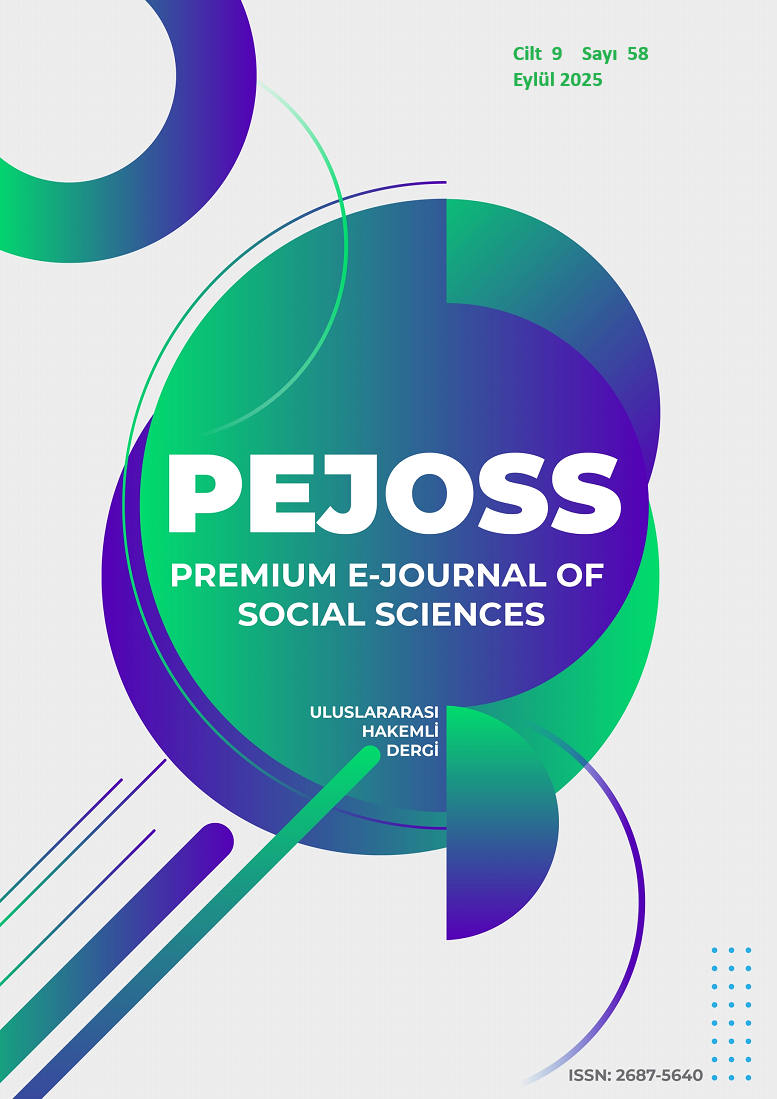The Küdüm in Mevlevi Symbolism
DOI:
https://doi.org/10.5281/zenodo.17234044Keywords:
Mevlevi Order, Kudüm, SymbolismAbstract
This study presents a comprehensive analysis of the percussion instrument known as the kudüm within the Mevlevi tradition. The research explores the historical origins, structural characteristics, and profound symbolic meanings associated with the instrument. The examination primarily focuses on identifying the place of the kudüm in traditional Turkish music and its position within the family of membranophones. In this context, comparisons have been made with other instruments such as the kös, nevbe, and nakkare, which are thought to have similar functions and structural features. However, the organological comparisons conducted reveal that no direct or definitive genealogical connection can be established between the kudüm and these instruments. The main finding of this study is that the true identity and uniqueness of the kudüm derive from the symbolic and functional dimensions it has acquired within the Mevlevi tradition.
In Mevlevi rituals (ayin-i şerif), the kudüm assumes a role far beyond that of an ordinary rhythm-keeping instrument. It lays the structural foundation of the sema ceremony, accompanies and supports the dervish in his spiritual and inner journey, and simultaneously symbolizes the divine command “kun” (“be!”), which initiated creation. The standardized performance of the kudüm through specific velvele (rhythmic patterns), the leadership role of the kudümzenbaşı within the mutriban (musical ensemble), and the deep symbolic meanings attributed to it within the framework of Mevlevi etiquette distinguish it profoundly from all other percussion instruments. In this respect, the kudüm emerges as a central marker of Mevlevi symbolism, acquiring its originality not through organological connections but through symbolic and mystical contexts.
In conclusion, the position of the kudüm in Mevlevi practice can be defined as far more than that of a musical instrument; it is an indispensable element that ensures the structural integrity of the ritual and enables the symbolic expression of divine love
Downloads
Downloads
Published
How to Cite
Issue
Section
License
Copyright (c) 2025 Premium e-Journal of Social Science (PEJOSS)

This work is licensed under a Creative Commons Attribution 4.0 International License.


